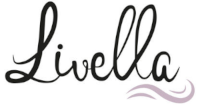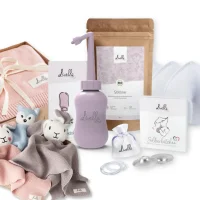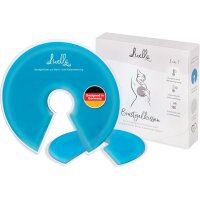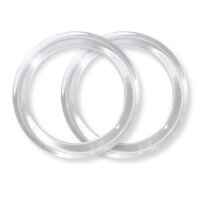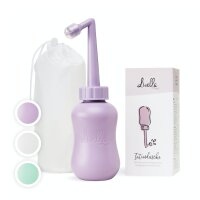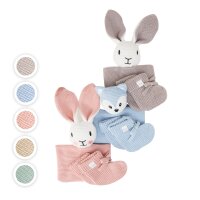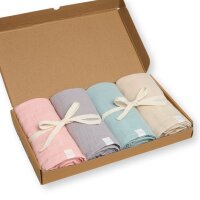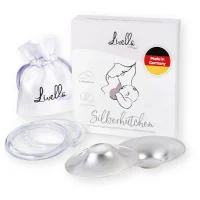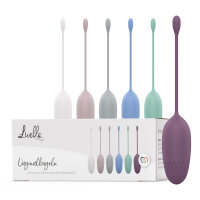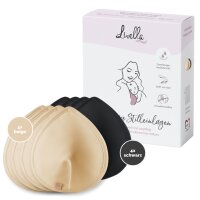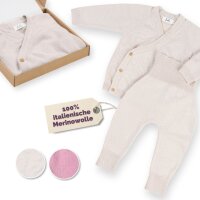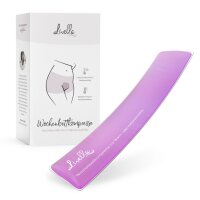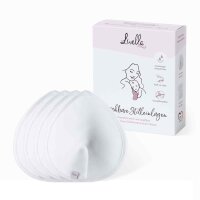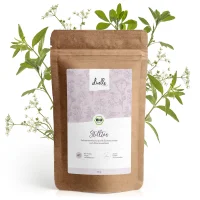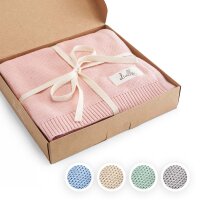Table of content
Breast abscess and breastfeeding: symptoms to look out for
Causes of breast abscesses when breastfeeding
Breast abscess and breastfeeding: treatment and pain relief
Breastfeeding with breast abscess: yes or no?
Helpful tips to avoid breast abscesses when breastfeeding
A final word on breastfeeding and breast abscess
Breast abscess and breastfeeding: symptoms to look out for
An abscess is a serious breast condition which should be treated as quickly as possible. But what are the symptoms of a breast abscess? What is the difference between mastitis and breast abscess?
Common symptoms of breast abscesses from breastfeeding include:
- lump formation in the breast
- local signs of inflammation (redness, warmth and swelling)
- increasing pain when breastfeeding and persistent tenderness in the breast
- fever and fatigue
- local discolouration of the skin
But how to tell if it’s mastitis or a breast abscess? The two breast conditions share similar symptoms. The main difference is that a breast abscess involves a localised collection of pus in the infected area of the breast.
Many mums are unsure about when to go and see their GP. Given that a breast abscess is a severe and very painful condition of the breast, it’s best to seek medical advice as soon as you notice any of the symptoms described above.
Also, it’s always advisable to have a doctor check any lumps that form in the breast. It’s important to be vigilant to detect early signs of breast cancer during breastfeeding. Talk to your gynaecologist to get a first diagnosis and a referral to a specialist if needed.
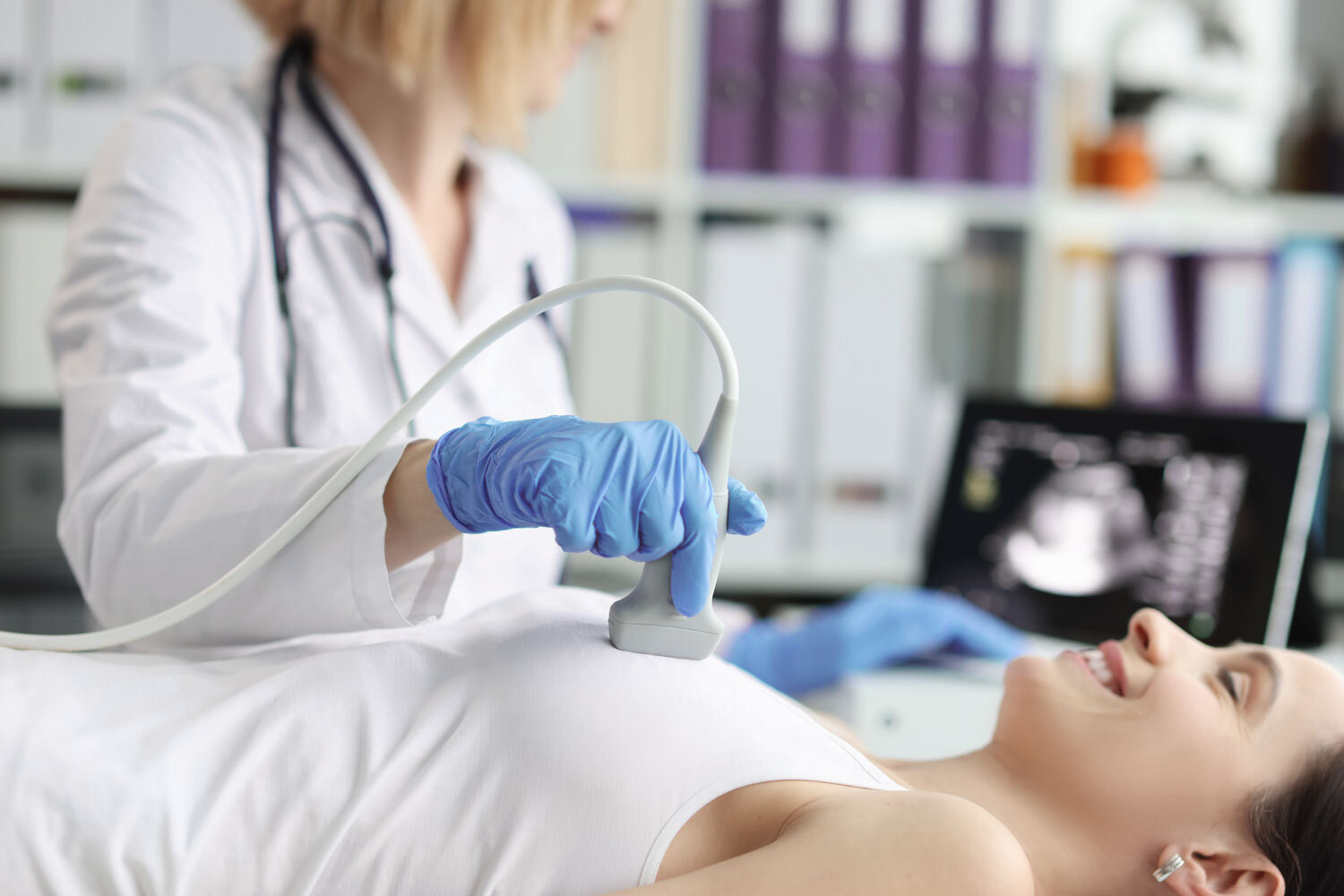
Causes of breast abscesses when breastfeeding
A breast abscess during breastfeeding is typically preceded by mastitis that is not treated quickly enough. Around three to seven per cent of women with mastitis develop a breast abscess. That’s why many factors that can cause mastitis may also lead to puerperal abscess formation. The main risk factor is a bacterial infection of the breast.
However, there are also other factors that increase the risk of a breast abscess when breastfeeding:
- Sore nipples: Sore nipples can increase the risk of abscess formation in the breast, especially when they are cracked open and bleeding.
- Weaning too quickly: Women who stop breastfeeding too quickly also have a higher risk of developing a breast abscess. That’s because weaning too fast doesn’t give the body enough time to gradually reduce the amount of breast milk, which usually leads to overly full and tender breasts.
Breast abscess and breastfeeding: treatment and pain relief
‘Can a breast abscess go away on its own?’ is a common question among breastfeeding mums. The answer is a clear no. A breast abscess from breastfeeding always requires treatment. But how do you treat a lactating breast abscess?
Breast abscesses are usually diagnosed with the help of an ultrasound scan of the affected breast. Once the suspicion is confirmed, treatment can be started immediately. Treatment methods for breast abscesses include:
- Puncturing the abscess: When puncturing the breast abscess, the pus-filled cavity is first localised by ultrasound and then punctured with a needle to remove the pus. Generally, there is no need for an anaesthetic and treatment can be performed on an outpatient basis. In most cases, the abscess will need to be punctured several times to dry it out completely.
- Opening the abscess: When opening a breast abscess, the skin is cut open with a scalpel under a local or general anaesthetic so that the pus can be removed. If necessary, a drain is inserted. Surgery often becomes necessary if the abscess is very large or encapsulated so that puncturing it is not successful.
- Using antibiotics: Surgical procedures to drain a breast abscess are typically paired with a course of antibiotics which are destined to combat the bacteria responsible for the infection. Antibiotics can either be administered intravenously or in the form of tablets or capsules. The important thing to remember is that the prescribed medication must be safe for breastfeeding.
- Applying cabbage leaves or cold packs: It will typically take some time for the abscess to heal. In the meantime, you can relieve the pain with home remedies like cabbage leaves or with special breast gel pads that can be used for cold therapy. But remember that cold can adversely affect your milk flow. If you notice that your breast milk flows more slowly than usual, briefly warm your breast before latching your baby on.
- Taking painkillers: If you are in severe pain, you can also use painkillers until the abscess has completely healed. Painkillers like ibuprofen and paracetamol are safe for breastfeeding.
Breastfeeding with breast abscess: yes or no?
A breast abscess can cause severe breastfeeding pain. Yet many new mothers wonder what the abscess means for breastfeeding. Can you still breastfeed with an abscess?
In general, breastfeeding with a breast abscess is possible. Since an abscess is basically an encapsulated infection, the pus is contained in the cavity and cannot enter the milk ducts. This means that there is no risk for your baby if you continue breastfeeding with a breast abscess, not even if you breastfeed on the affected side.
The recommendation is to continue breastfeeding despite breast abscess whenever possible. In fact, stopping breastfeeding because of a breast abscess might cause more problems. If the breast is not emptied properly during weaning, this might lead to blocked milk ducts, which only makes the situation worse for the mother.
The only case where breastfeeding might have to be suspended for a while is when the abscess is surgically removed and the incision is very close to the nipple. In order to prevent any problems with wound healing, it might be necessary to temporarily stop breastfeeding from the affected breast. However, the affected breast still needs to be emptied regularly to avoid complications with clogged ducts.
If you intend to continue breastfeeding after surgery, you should talk to the surgeon upfront and inform them about your intention. Like this, they can take special care not to damage any breast tissue that is needed for lactation and breastfeeding.
Helpful tips to avoid breast abscesses when breastfeeding
An abscess in the breast can make breastfeeding very painful. When it comes to puerperal abscesses, prevention is better than cure. Here are a few tips for preventing abscess formation:
- Regular and thorough emptying of the breast: Frequent breastfeeding and proper emptying of the breast help prevent many breastfeeding problems, including abscess formation. Getting a good breastfeeding latch is crucial for ensuring that your baby can properly empty your breast while feeding. Another important aspect is to regularly check your breastfeeding position to make sure that you hold your baby correctly.
- Prevention of nipple injuries: Bleeding nipples make it easy for germs and harmful bacteria to enter the wound. Sore nipples should be treated immediately to prevent them from cracking open. Silver nursing cups can support the natural wound healing process and protect the nipples from friction.
- Good breast hygiene: Nipple injuries may occur from time to time (e. g. when your baby is teething). When they do, it is important to keep the wound clean to prevent infections. Good breastfeeding hygiene includes washing your hands before touching your breasts, removing traces of your baby’s saliva after breastfeeding and changing nursing pads frequently to keep your breasts dry.
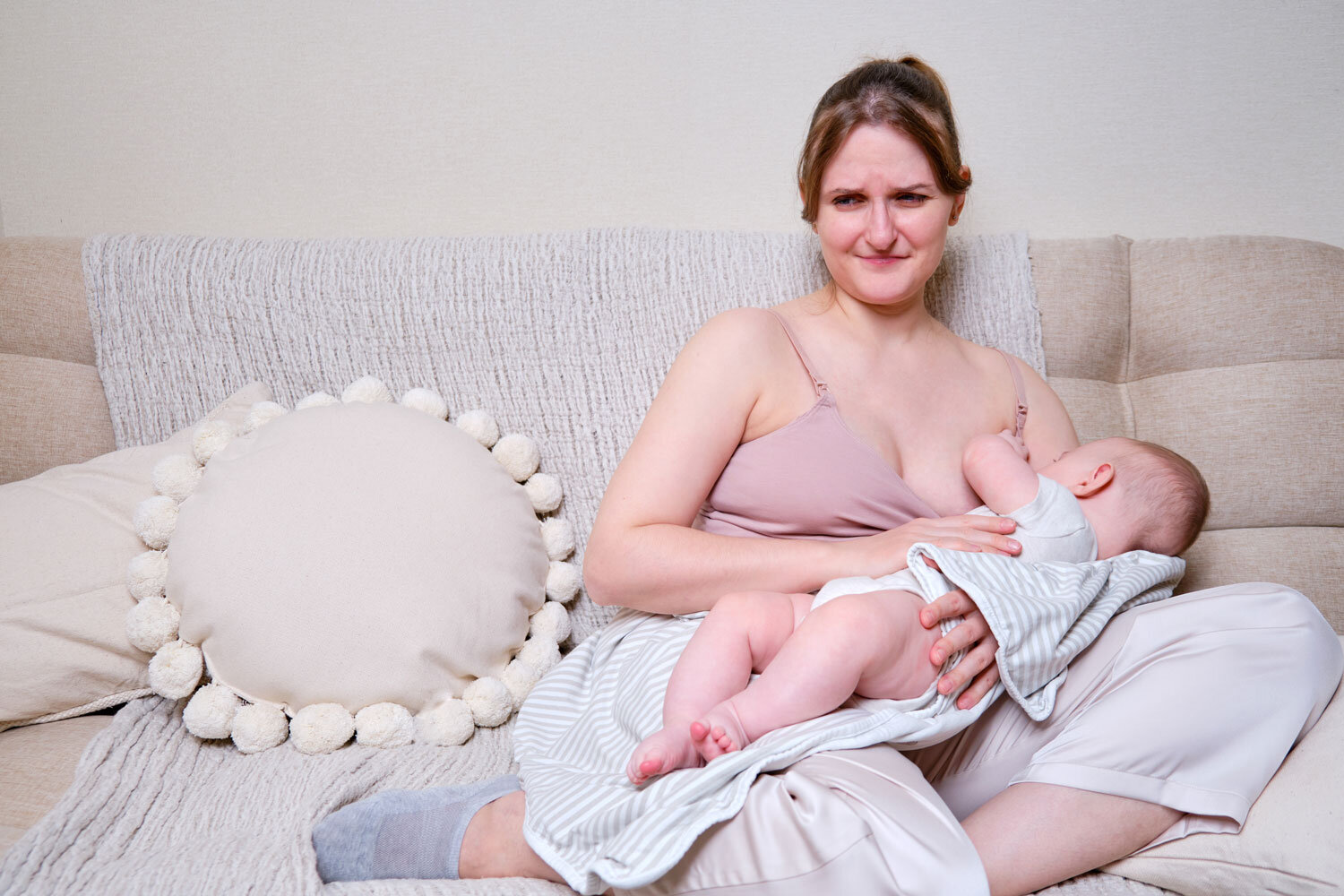
A final word on breastfeeding and breast abscess
The most common cause of breastfeeding-related breast abscesses is an untreated bacterial infection of the breast. An abscess is an encapsulated accumulation of pus in the breast tissue which can be accompanied by swelling, redness and severe pain when breastfeeding. If you suspect a breast abscess, you should not hesitate to consult your GP.
The important thing to remember is that breastfeeding with a breast abscess is possible. As the pus is trapped in the abscess capsule, it cannot enter the milk ducts and mix with your breast milk. This means that there is no risk for your baby, not even if you breastfeed from the affected breast.
References
- Infoblatt_Milchstau_2021_RZ_eMail.pdf (bdl-stillen.de)
- Microsoft Word - 015-071l_S3_Therapie_entzündlicher_Brustentzündungen_Stillzeit(2)_2013-02.docx (awmf.org)
- Milchstau – Mastitis – Mamma-Abszess in der Stillzeit (stillen-institut.com)
- Der Brustabszess ist heilbar: Interview zur Abszessbehandlung in der Stillzeit - Still-Lexikon
- Stillen bei einem Brustabszess - Still-Lexikon
- consilium Hebamme | Mastitis, Milchstau und Mamma-Abszess (update 2020) (paedia.de)
- still_empfehlung.pdf (uni-hamburg.de)
- Breast Abscess (Puerperal Mastitis) - Doctor's Guide | Patient
